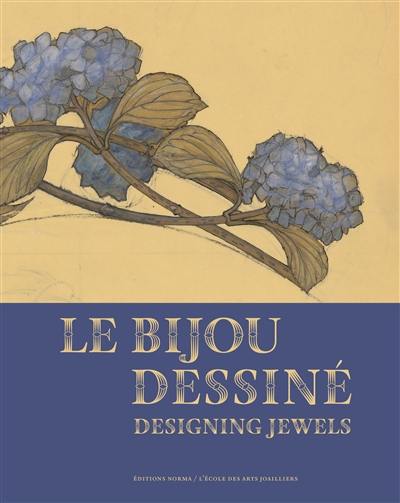
Fiche technique
Format : Relié
Nb de pages : 191 pages
Poids : 1240 g
Dimensions : 23cm X 29cm
ISBN : 978-2-37666-045-3
EAN : 9782376660453
Le bijou dessiné
Quatrième de couverture
Le dessin de bijou est longtemps resté à l'abri des regards et du public. Fonctionnels ou porteurs de rêves inaboutis, ces bijoux de papier constituent pourtant, depuis le XVe siècle, la face cachée des modèles auxquels ils ont bien souvent donné naissance.
Cet ouvrage présente une centaine de dessins, essentiellement issus du Fonds Van Cleef & Arpels sur la Culture Joaillière, datant de la deuxième moitié du XVIIIe siècle jusqu'au début du XXe siècle. Il met pour la première fois en lumière un pan peu connu des arts décoratifs, dans lequel de simples artisans et artistes anonymes côtoient les grandes figures de la joaillerie, Tiffany, Lalique, Vever, ainsi que des ateliers de renom comme Paillet, Brédillard et Mellerio-Borgnis.
À travers l'étude de sa technique, de ses auteurs ou de son usage, ce livre permet de saisir les enjeux comme la richesse de ce support, à la fois outil, document d'archives et, souvent, oeuvre d'art à part entière.
The jewelry drawing has rarely been a focus of attention, and has long remained out of the public eye. Yet from the 15th century onwards these jewels-on-paper, some showing realized pieces, some reflecting unrealized dreams, have comprised an unknown side of the models to which they have often given birth.
This work presents about a hundred drawings, mostly from the Fonds Van Cleef & Arpels sur la Culture Joaillière, stretching from the second half of the 17th century to the early 20th century. It brings to light for the first time this totally overlooked area of the decorative arts, in which anonymous craftsmen or artists worked side by side with the great names of jewelry - Tiffany, Lalique, Vever - or with renowned workshops such as Paillet, Brédillard and Mellerio-Borgnis.
Through the study of its technique, its creators or its use, this book makes it possible to understand the challenges as well as the richness of this medium, which is at once a tool, a historical document and a genuine work of art.





